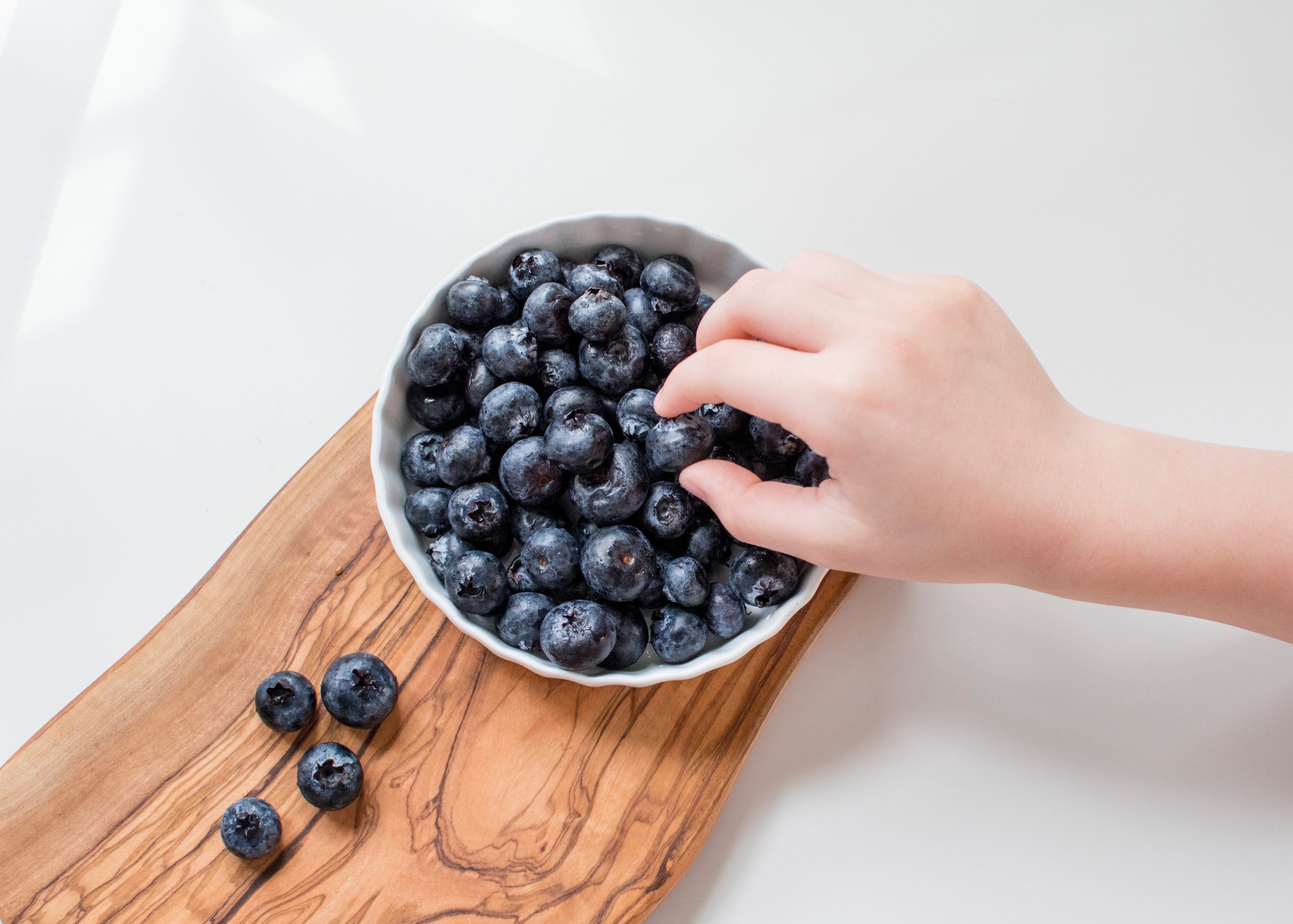One thing I remember when I started my health journey was asking a friend about the difference in organic versus all natural labels on foods. I had no clue what the difference was to be honest, and I REALLY had no clue why I should care!
What’s the difference between organic and all natural?
Let’s do a quick breakdown of the two. In short, organic foods are foods grown without pesticides or synthetic fertilizers (Institute for Functional Medicine, 2016). That means no growth hormones or antibiotics are used in meats. Additionally, organic foods don’t contain genetically modified organisms (GMOs).
All natural foods do not have artificial ingredients such as dyes, flavors, or preservatives. The difference, though, is there are no regulations on synthetic fertilizers or limitations on pesticides like with organic foods.
Why does eating organic matter?
This was my biggest question and concern when I started my health journey. For one – and in full disclosure – all natural foods are less expensive than organic (which I’ll touch on more in a minute). I remember having quite a bit of sticker shock when I first looked at the price of organic foods compared to other “conventional” versions of the food.
However, when I started researching more, I realized that organic, specifically foods that were certified USDA organic (and not just brands that used the word ‘organic’ on their label – be careful!), were better for me. They were not only held to higher standards when producing the food (i.e. regulations on pesticides used, feeds used for animals, etc.), but there’s also research to suggest that organic foods hold more nutritional density and are better for our bodies because they aren’t sprayed with pesticides and other harmful chemicals (Institute for Functional Medicine, 2016).
How can I make eating organic easy?
I really do get it, though. Remember when I said I had sticker shock looking at organic food labels? It was no joke and still isn’t. Sometimes I honestly get frustrated at how expensive healthy living can be, but then I remember a quote I saw once:
“Don’t ask why healthy food is so expensive; ask why junk food is so cheap.” (Author unknown)
I remember reading that quote and stopping to think for a moment. While this quote may seem oversimplified, it really resonated with me in the moment I read it and has stuck with me. But the question still is the same: how can we do this? How is this type of lifestyle sustainable since organic food does cost more? Well, I am going to write a more in-depth blog on tips and tricks for finding affordable options later on. In short, though, one big tip is to look at the Environmental Working Group’s (EWG) website and start there. If you aren’t able to afford all organic (which is real life for a lot of us!), then look at the Dirty Dozen and Clean Fifteen lists and try to buy produce based on those.
In a nutshell, the dirty dozen are the 12 produce items that have the most pesticide residue this year, and the clean fifteen are produce items that have the least amount of pesticide residue.
Also, one last tip: try and sub out one of your meats for organic to begin. Small steps are the best way to begin. Then as you grow and learn, you will start to pick up more tips and tricks for how to buy organic foods more affordably (and I will continue to provide more tips as well).
Links from the article:

